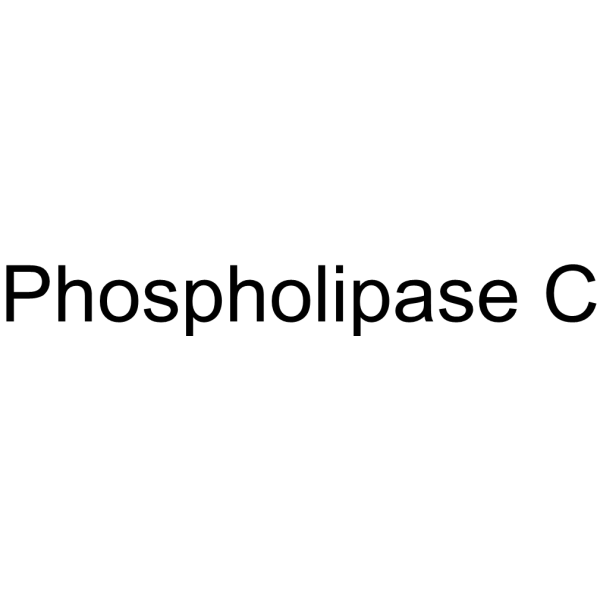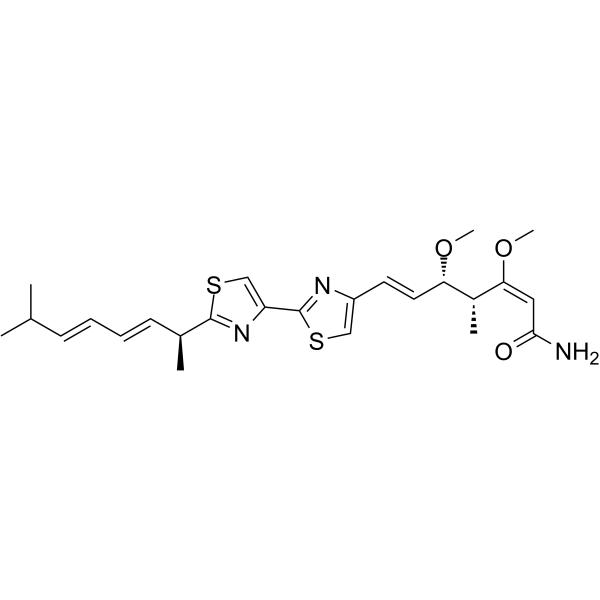Important role of PLC-γ1 in hypoxic increase in intracellular calcium in pulmonary arterial smooth muscle cells.
Vishal R Yadav, Tengyao Song, Leroy Joseph, Lin Mei, Yun-Min Zheng, Yong-Xiao Wang
文献索引:Am. J. Physiol. Lung Cell. Mol. Physiol. 304(3) , L143-51, (2013)
全文:HTML全文
摘要
An increase in intracellular calcium concentration ([Ca(2+)](i)) in pulmonary arterial smooth muscle cells (PASMCs) induces hypoxic cellular responses in the lungs; however, the underlying molecular mechanisms remain incompletely understood. We report, for the first time, that acute hypoxia significantly enhances phospholipase C (PLC) activity in mouse resistance pulmonary arteries (PAs), but not in mesenteric arteries. Western blot analysis and immunofluorescence staining reveal the expression of PLC-γ1 protein in PAs and PASMCs, respectively. The activity of PLC-γ1 is also augmented in PASMCs following hypoxia. Lentiviral shRNA-mediated gene knockdown of mitochondrial complex III Rieske iron-sulfur protein (RISP) to inhibit reactive oxygen species (ROS) production prevents hypoxia from increasing PLC-γ1 activity in PASMCs. Myxothiazol, a mitochondrial complex III inhibitor, reduces the hypoxic response as well. The PLC inhibitor U73122, but not its inactive analog U73433, attenuates the hypoxic vasoconstriction in PAs and hypoxic increase in [Ca(2+)](i) in PASMCs. PLC-γ1 knockdown suppresses its protein expression and the hypoxic increase in [Ca(2+)](i). Hypoxia remarkably increases inositol 1,4,5-trisphosphate (IP(3)) production, which is blocked by U73122. The IP(3) receptor (IP(3)R) antagonist 2-aminoethoxydiphenyl borate (2-APB) or xestospongin-C inhibits the hypoxic increase in [Ca(2+)](i). PLC-γ1 knockdown or U73122 reduces H(2)O(2)-induced increase in [Ca(2+)](i) in PASMCs and contraction in PAs. 2-APB and xestospongin-C produce similar inhibitory effects. In conclusion, our findings provide novel evidence that hypoxia activates PLC-γ1 by increasing RISP-dependent mitochondrial ROS production in the complex III, which causes IP(3) production, IP(3)R opening, and Ca(2+) release, playing an important role in hypoxic Ca(2+) and contractile responses in PASMCs.
相关化合物
| 结构式 | 名称/CAS号 | 分子式 | 全部文献 |
|---|---|---|---|
 |
磷脂酶 C 来源于蜡样芽胞杆菌
CAS:9001-86-9 |
||
 |
粘噻唑
CAS:76706-55-3 |
C25H33N3O3S2 |
|
Hinokitiol inhibits platelet activation ex vivo and thrombus...
2013-05-15 [Biochem. Pharmacol. 85(10) , 1478-85, (2013)] |
|
Resveratrol inhibits IgE-mediated basophilic mast cell degra...
2013-05-01 [J. Nutr. 143(5) , 632-9, (2013)] |
|
Phosphorylation of Rac1 T108 by extracellular signal-regulat...
2013-11-01 [Mol. Cell. Biol. 33(22) , 4538-51, (2013)] |
|
Losartan, an angiotensin II type 1 receptor blocker, protect...
2013-12-01 [FASEB J. 27(12) , 5122-30, (2013)] |
|
Differential inhibitory effects of 2-azafluorenones on PI-PL...
2013-02-28 [Chin. J. Physiol. 56(1) , 11-7, (2013)] |